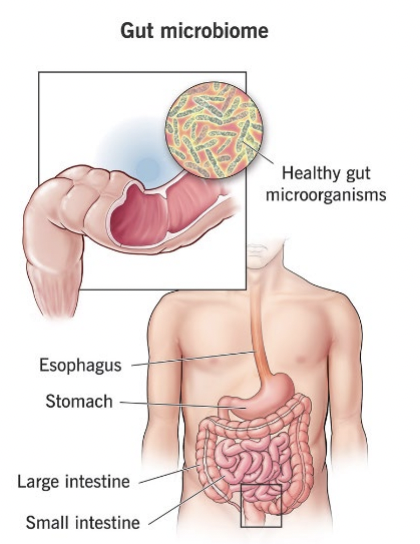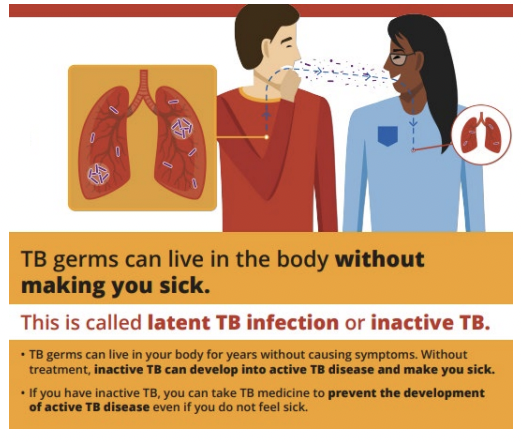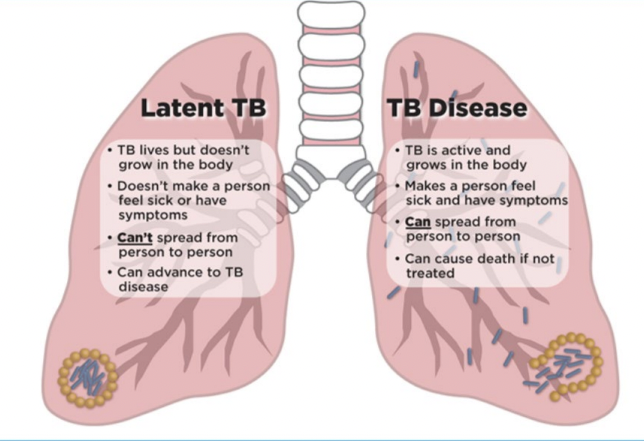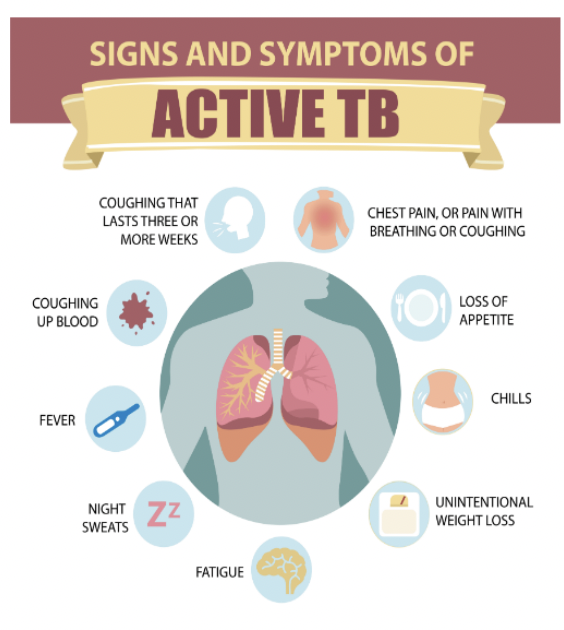Infectious Disease: Bacterial diseases
1/21
There's no tags or description
Looks like no tags are added yet.
Name | Mastery | Learn | Test | Matching | Spaced |
|---|
No study sessions yet.
22 Terms
gut microbiota
forgotten organ” that plays a critical role in health and disease
beneficial microbes
metabolic role
deconjugation of bile acids
prevention of colonization by pathogens
immunologic effects
metabolic role of gut microbiota
salvages calories
produces short chain fatty acids
produces arginine and glutamine
synthesizes vitamin K and folic acid
participates in drug metabolism (activates 5 aminosaycylic acid from sulfasalazine)
immunologic effects of gut microbiota
stimulates immunoglobulin A production
promotes anti inflammatory cytokines and down regulates pro inflammatory cytokines
induces regulatory T cells
Beneficial gut microbiome
• At birth: the entire intestinal tract is sterile
• Infant gut is colonized by maternal and environmental bacteria during birth and through feeding & other contacts
• By age 2.5 years, the microbiota is similar to that of an adult, with a variety of bacterial species
• composition of the flora is influenced by age, diet, socioeconomic conditions
• Antibiotics have the potential to profoundly impact the microbiota
• Microbiota help protect the host from colonization by pathogenic species

bacteria effect on humans
• Most bacteria don’t cause disease in humans
• Beneficial bacteria: microbiome in the body can help prevent growth of other more dangerous bacteria
• Pathogenic bacteria: cause disease
effect of oxygen on bacteria
• Aerobic bacteria need oxygen
• Anaerobic bacteria have trouble living/growing in the presence of oxygen
• Facultative bacteria can live/grow with or without oxygen
Staining, e.g., Gram staining
• The differences in staining are due to differences in cell wall
• Gram-positive & Gram-negative bacteria cause different types of infections and are treated with different types of antibiotics
• Gram-positive: stain blue/purple
• Gram-negative: stain red/pink
shapes of bacteria
• spheres (cocci)
• rods (bacilli)
• spirals or helixes (spirochetes)
Pertussis (whooping cough)
• Caused by the bacterium Bordetella pertussis
• The bacteria attach to the cilia (tiny, hair-like extensions) that line part of the upper respiratory system and release toxins that damage the cilia and cause airways to swell
• Highly contagious, airborne transmission by coughing or sneezing
• Babies are highly susceptible
• Vaccine-preventable
Helicobacter pylori (H. pylori)
• Found in feces (stool), saliva, and plaque on the teeth
• Common worldwide
• Transmissible through kissing or other close contact
• H. pylori bacteria protect themselves by: • growing in the protective mucus layer of the stomach lining (protects them from stomach acid) • Producing ammonia (helps protect them from stomach acid; facilitates penetration of mucus layer)
• Increases acid production, interferes with the stomach’s normal protection from stomach acid, & produces toxins
• Effects: • inflammation of the stomach lining • peptic ulcer disease • some types of stomach cancer
• Symptoms: • Indigestion • pain & discomfort in upper abdomen
Staphylococcus aureus
• Spread by: • Skin-to-skin contact • From contaminated surfaces or shared personal items including towels, soap & sports equipment
• Can cause: • Skin infections • Bacteria in the blood and sepsis • Pneumonia • Endocarditis (infection of the heart valves), which can lead to heart failure or stroke • Osteomyelitis (bone infection) due to bacteria in bloodstream
• People with diabetes or cancer - greater risk of staph infection
Preventing transmission from contaminated surfaces: practicing good hand hygiene
• Good hand hygiene breaks the chain of infection at “mode of transmission”
• Compliance with good hand hygiene is still a problem among health care workers
Tuberculosis (TB) statisitcs
TB: Globally, one of the most important causes of death due to infectious disease
• Globally, the estimated number of deaths from TB increased between 2019 and 2021
• Seen in all countries
• Each year: about 9 million people develop active TB and 1.5 million die of TB
• Up to 13 million people in the US have latent TB
• TB is among the most frequent causes of death in females aged 15 to 44
• TB is responsible for one-third of all HIV- related deaths

Tuberculosis (TB)
Caused by Mycobacterium tuberculosis (has characteristics of both Gram-positive and Gram- negative bacteria)
• Transmission occurs through the air a person with active TB (“TB disease”) coughs, speaks, sneezes
• Latent TB infection (no symptoms, not contagious)
• Active TB

active TB
(also called TB disease): causes illness, usually contagious; can occur weeks or years after infection
• Coughing, can be with blood or mucus • Chest pain • Unintentional weight loss • fatigue • Fever, night sweats, chills • Loss of appetite
• Pulmonary - 85% of cases • Contagious • Persistent cough
• extra pulmonary - Kidney • Spine • Brain • Symptoms can vary according to organs involved

risk factors of TB infection
• People who have been around people with TB disease
• People from a country where TB disease is common (includes many countries in Latin America, Africa, Asia, Eastern Europe, Russia)
• People who spend time in high-risk settings, e.g., correctional facilities, nursing homes, homeless shelters
risk factors of TB disease
• People with HIV infection
• People who inject illegal drugs
• Babies, young children, elderly
TB is not spread by
• shaking someone’s hand
• sharing food or drink
• touching bed linens or toilet seats
• sharing toothbrushes
• kissing
TB cure
• Only 5% exposed get sick • Airborne • A person with active TB will infect 10-15 persons per year
• Curable-treatable • Antibiotics • Tough regimen
TB drug resistance
• Multidrug-resistant TB (MDR TB): resistant at least to isoniazid & rifampin (the 2 most potent TB drugs)
• Extensively drug-resistant TB (XDR TB): resistant to nearly all drugs used to treat TB
herorats detect TB
Every year, 9 million people contract tuberculosis (TB), but 3 million go undiagnosed and 1.5 million die—making TB the deadliest infectious disease today. Traditional detection using microscopy in clinics is slow and often inaccurate, allowing infected individuals to spread the disease.
To combat this, APOPO uses specially trained "HeroRats" that detect TB through smell. These rats are faster and more sensitive than standard methods. Suspected TB patients provide sputum samples, which are sent to APOPO labs. HeroRats sniff each sample, pausing for three seconds if TB is detected. Trained technicians then confirm results, and if positive, the clinic is alerted so treatment can begin immediately.
HeroRats improve TB detection rates by over 40%, especially in high-risk areas like factories, prisons, and crowded neighborhoods—helping to break the cycle of infection and save lives.
how herorats work
HeroRats detect tuberculosis (TB) using their extraordinary sense of smell. Here's how they work:
Training: The rats are trained using a clicker-reward system. They learn to recognize the specific scent of TB in sputum (mucus) samples. When they correctly identify a TB-positive sample, they’re rewarded with food.
Detection process:
Sputum samples from TB-suspect patients are collected at clinics.
One sample from each patient is sent to APOPO’s central lab.
In the lab, a HeroRat sniffs a row of samples.
If it detects TB, it pauses or hovers over the sample for about 3 seconds to indicate a positive result.
Verification: After the rat flags a sample, trained technicians double-check it using lab techniques to confirm the result.
Notification: If TB is confirmed, APOPO notifies the clinic so the patient can start treatment right away.
Because rats can sniff hundreds of samples in a short time and are more sensitive than standard microscopy, they help detect TB faster and more accurately, especially in places with limited resources.